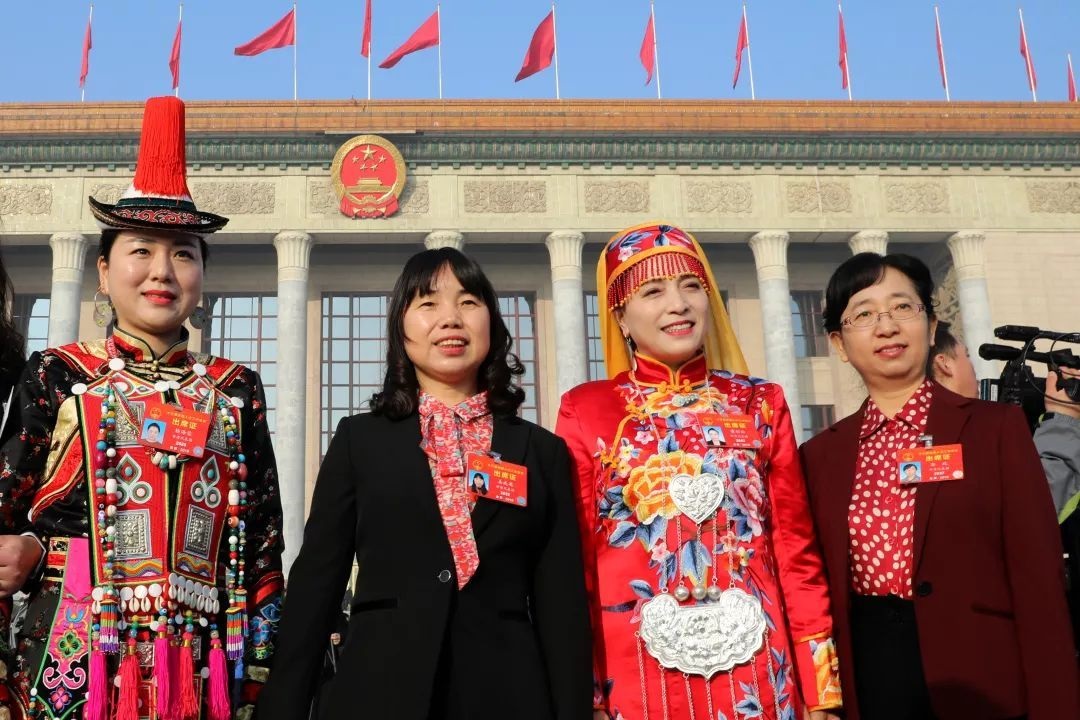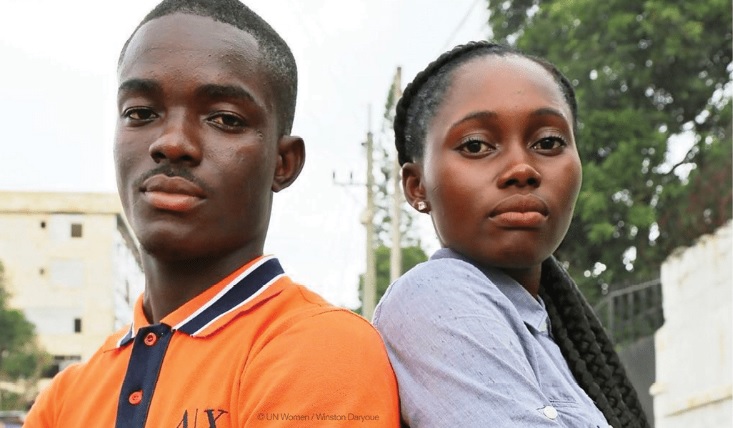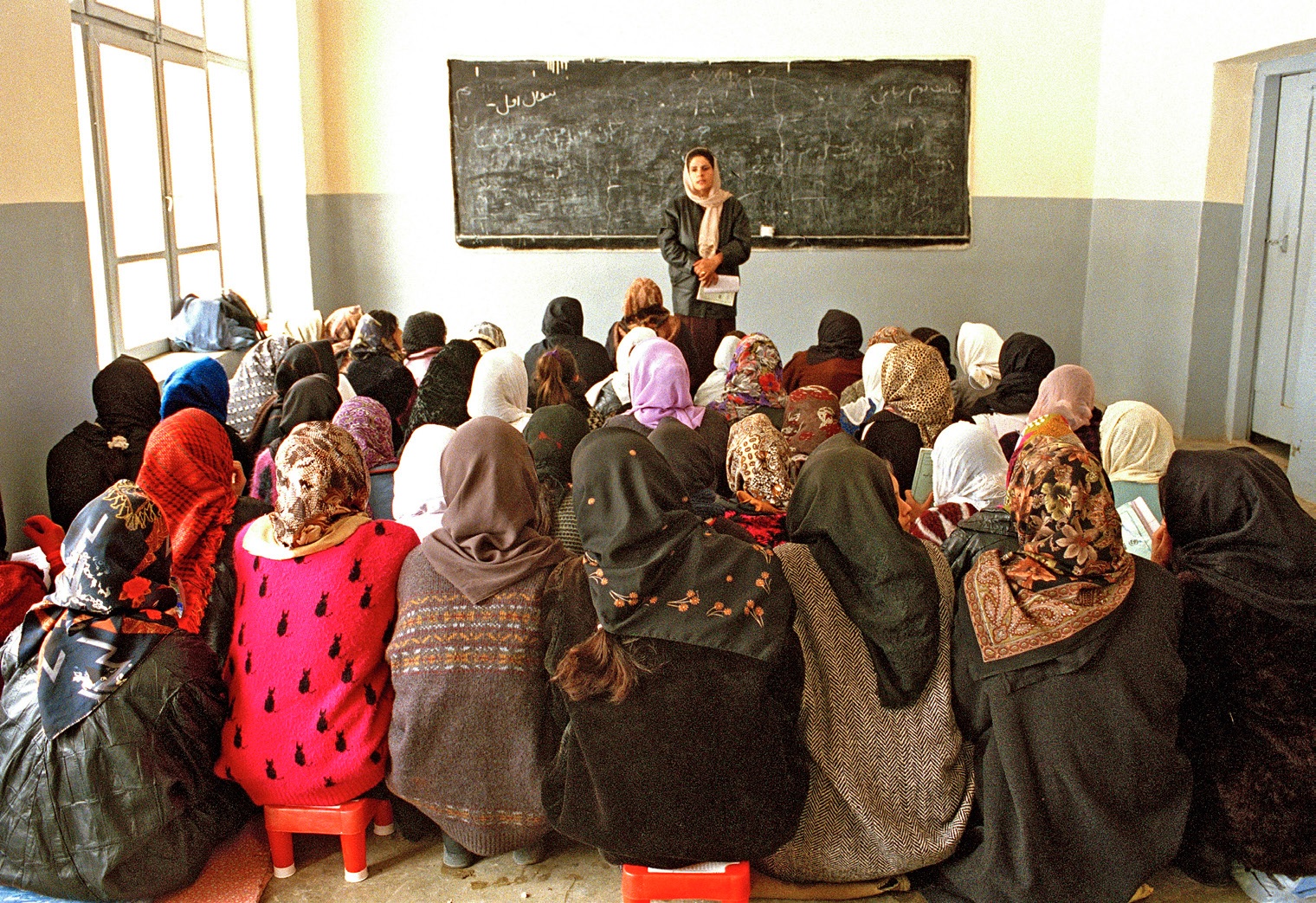

Goal 5: Achieve gender equality and empower all women and girls
While the world has achieved progress towards gender equality and women’s empowerment under the Millennium Development Goals (including equal access to primary education between girls and boys), women and girls continue to suffer discrimination and violence in every part of the world.
Gender equality is not only a fundamental human right, but a necessary foundation for a peaceful, prosperous and sustainable world. Unfortunately, at the current time, 1 in 5 women and girls between the ages of 15-49 have reported experiencing physical or sexual violence by an intimate partner within a 12-month period and 49 countries currently have no laws protecting women from domestic violence. Progress is occurring regarding harmful practices such as child marriage and FGM (Female Genital Mutilation), which has declined by 30% in the past decade, but there is still much work to be done to complete eliminate such practices.
Providing women and girls with equal access to education, health care, decent work, and representation in political and economic decision-making processes will fuel sustainable economies and benefit societies and humanity at large. Implementing new legal frameworks regarding female equality in the workplace and the eradication of harmful practices targeted at women is crucial to ending the gender-based discrimination prevalent in many countries around the world.

Female attendees of the sessions of the National People's Congress and the Chinese People's Political Consultative Conference. (Shi Fangzhou / China Insurance News. Source: sohu.com)
Facts and figures
●Globally, 750 million women and girls were married before the age of 18 and at least 200 million women and girls in 30 countries have undergone FGM.
●The rates of girls between 15-19 who are subjected to FGM (female genital mutilation) in the 30 countries where the practice is concentrated have dropped from 1 in 2 girls in 2000 to 1 in 3 girls by 2017.
●In 18 countries, husbands can legally prevent their wives from working; in 39 countries, daughters and sons do not have equal inheritance rights; and 49 countries lack laws protecting women from domestic violence.
●One in five women and girls, including 19 per cent of women and girls aged 15 to 49, have experienced physical and/or sexual violence by an intimate partner with the last 12 months. Yet, 49 countries have no laws that specifically protect women from such violence.
●While women have made important inroads into political office across the world, their representation in national parliaments at 23.7 per cent is still far from parity.
●In 46 countries, women now hold more than 30 per cent of seats in national parliament in at least one chamber.
●Only 52 per cent of women married or in a union freely make their own decisions about sexual relations, contraceptive use and health care.
●Globally, women are just 13 per cent of agricultural land holders.
●Women in Northern Africa hold less than one in five paid jobs in the non-agricultural sector. The proportion of women in paid employment outside the agriculture sector has increased from 35 per cent in 1990 to 41 per cent in 2015.
●More than 100 countries have taken action to track budget allocations for gender equality.
●In Southern Asia, a girl’s risk of marrying in childhood has dropped by over 40% since 2000.

Goal 5 targets
●5.1 End all forms of discrimination against all women and girls everywhere
●5.2 Eliminate all forms of violence against all women and girls in the public and private spheres, including trafficking and sexual and other types of exploitation
●5.3 Eliminate all harmful practices, such as child, early and forced marriage and female genital mutilation
●5.4 Recognize and value unpaid care and domestic work through the provision of public services, infrastructure and social protection policies and the promotion of shared responsibility within the household and the family as nationally appropriate
●5.5 Ensure women’s full and effective participation and equal opportunities for leadership at all levels of decisionmaking in political, economic and public life
●5.6 Ensure universal access to sexual and reproductive health and reproductive rights as agreed in accordance with the Programme of Action of the International Conference on Population and Development and the Beijing Platform for Action and the outcome documents of their review conferences
●5.A Undertake reforms to give women equal rights to economic resources, as well as access to ownership and control over land and other forms of property, financial services, inheritance and natural resources, in accordance with national laws
●5.B Enhance the use of enabling technology, in particular information and communications technology, to promote the empowerment of women
●5.C Adopt and strengthen sound policies and enforceable legislation for the promotion of gender equality and the empowerment of all women and girls at all levels
GENDER EQUALITY: WHY IT MATTERS

(UN Photo / Eskinder Debebe)
In 2018, women only held 27 per cent of managerial positions worldwide
What’s the goal here?
To achieve gender equality and empower all women and girls.
Why?
Women and girls represent half of the world’s population and therefore also half of its potential. But, today gender inequality persists everywhere and stagnates social progress.
Women continue to be underrepresented at all levels of political leadership. Across the globe, women and girls perform
a disproportionate share of unpaid domestic work.
Inequalities faced by girls can begin right at birth and follow them all their lives. In some countries, girls are deprived of access to health care or proper nutrition, leading to a higher mortality rate.
How much progress have we made?
Women and girls around the world continue to experience violence and cruel practices. Physical and/or sexual violence affects women of all ages, ethnicities, socioeconomic status and educational level.
Child marriage also affects girls’ education. About one third of developing countries have not achieved gender parity in primary education. In sub-Saharan Africa, Oceania and Western Asia, girls still face barriers to entering both primary and secondary school.
How does gender inequality affect women?
Disadvantages in education translate into lack of access to skills and limited opportunities in the labour market.
Women’s and girls’ empowerment is essential to expand economic growth and promote social development. The full participation of women in labour forces would add percentage points to most national growth rates—
double digits in many cases.
Are there any other gender-related challenges?
Yes. Worldwide, 35 per cent of women between 15-49 years of age have experienced physical and/or sexual intimate partner violence or
non-partner sexual violence. 1 in 3 girls aged 15-19 have experienced some form of female genital mutilation/cutting in the 30 countries in Africa and the Middle East, where the harmful practice is most common with a high risk of prolonged bleeding, infection (including HIV), childbirth complications, infertility and death.
The Spotlight Initative, an EU/UN partnership, is a global, multi-year initiative focused on eliminating all forms of violence against women and girls (VAWG).
But, why should gender equality matter to me?
Regardless of where you live in, gender equality is a fundamental human right. Advancing gender equality is critical to all areas of a healthy society, from reducing poverty to promoting the health, education, protection and the
well-being of girls and boys. Investing in education programmes for girls and increasing the age at which they marry can return $5 for every dollar spent. Investing in programs improving
income-generating activities for women can return $7 dollars for every dollar spent.
What can we do to fix these issues?
If you are a girl, you can stay in school, help empower your female classmates to do the same and fight for your right to access sexual and reproductive health services. If you are a woman, you can address unconscious biases and implicit associations that form an unintended and often an invisible barrier to equal opportunity.
If you are a man or a boy, you can work alongside women and girls to achieve gender equality and embrace healthy, respectful relationships.
You can fund education campaigns to curb cultural practices like female genital mutilation and change harmful laws that limit the rights of women and girls and prevent them from achieving their full potential.
Source: un.org (unless otherwise credited)
Copyright © 2005-2021 IMCC. All Rights Reserved.粤ICP备15048427号 ruizim.net


